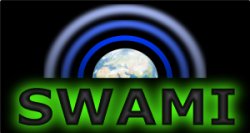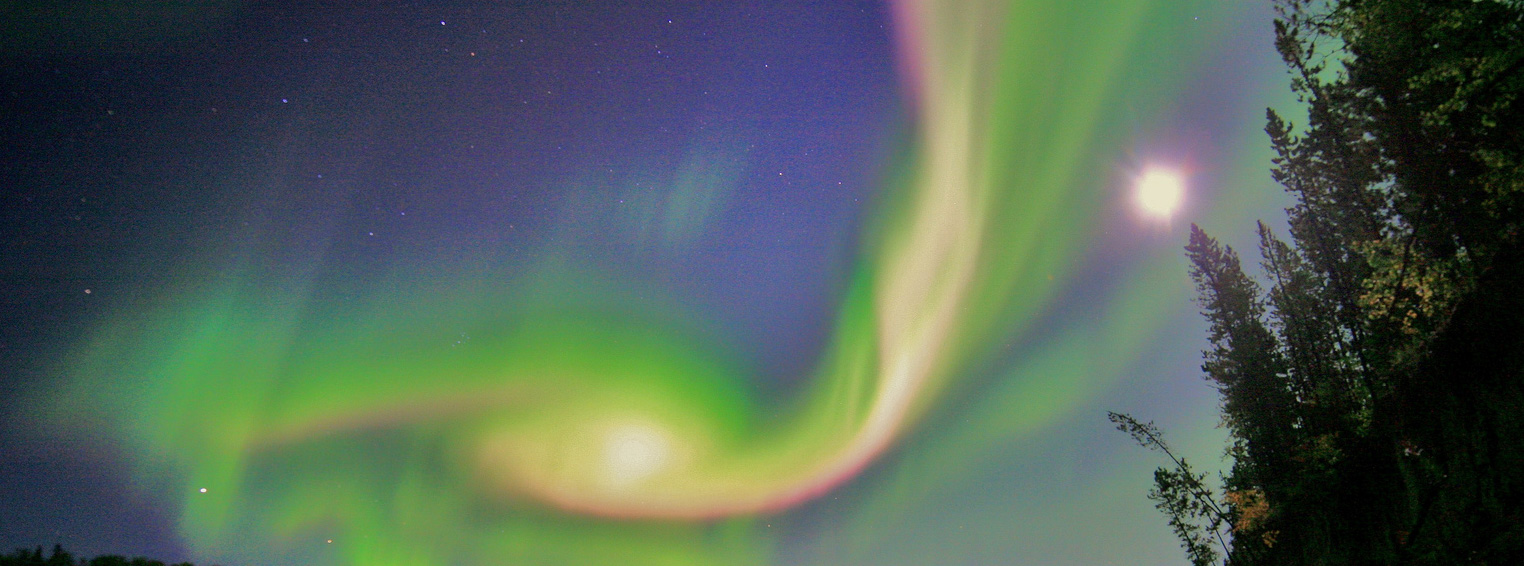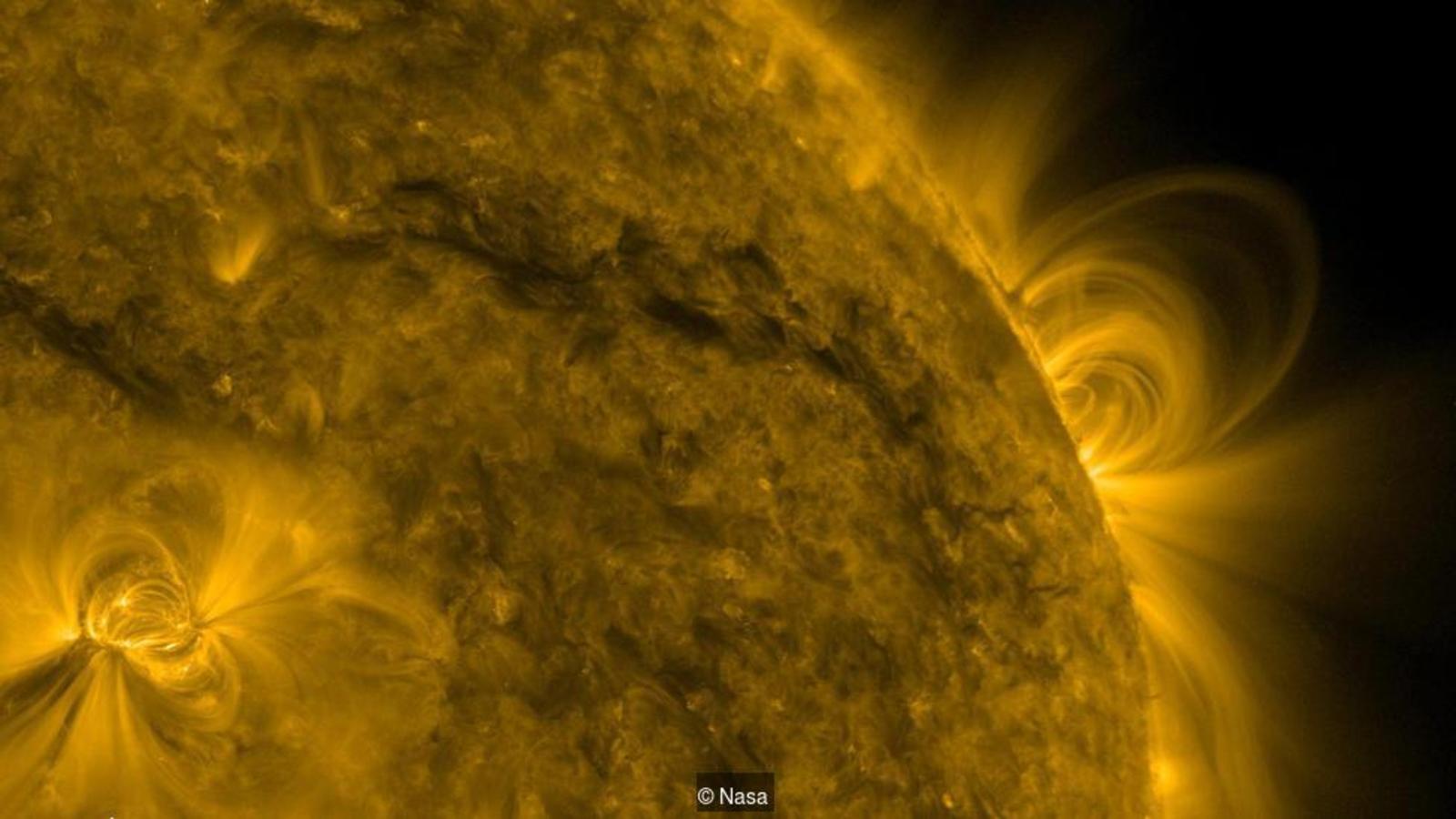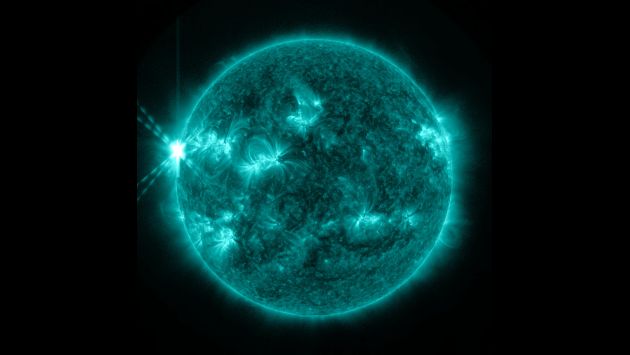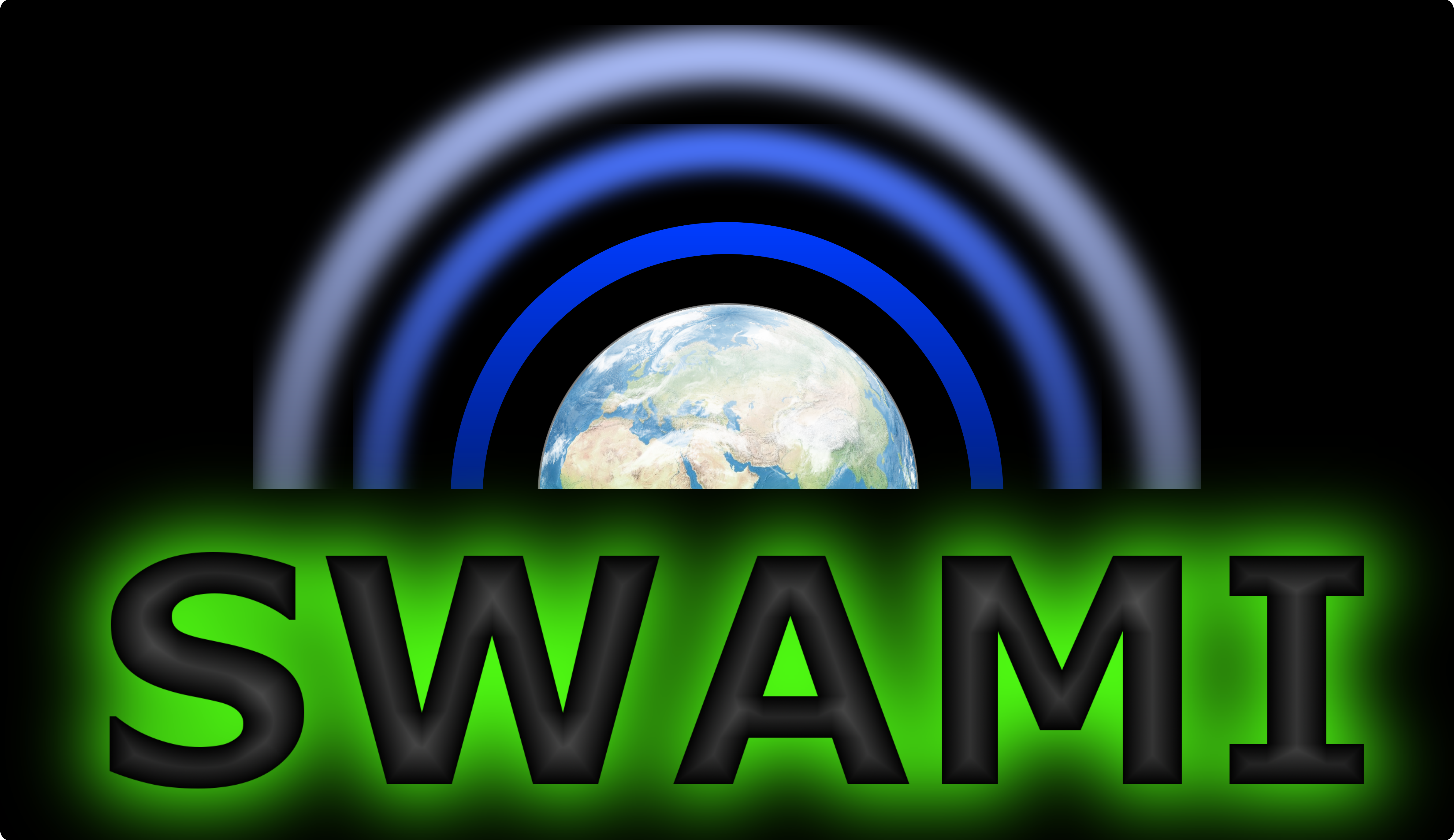
MODELS
- DTM2013 can be provided on request (contact to Dr. Sean Bruinsma, CNES, Space Geodesy Office: sean.bruinsma[at]cnes.fr
- DTM2020 and MCM have been published in Github at: https://github.com/swami-h2020-eu/mcm
- Some guidelines on DTM2020 and MCM can be found at https://swami-h2020-eu.github.io/mcm/
SWAMI – MCM model
Description of the model
SWAMI was a H2020 project with the purpose of developing a model of the whole atmosphere by means of blending the Unified Model (UM) from the MetOffice in the UK for the atmosphere (0 to 120 km) and the Drag Temperature Model (DTM2020) from the Centre National d’Études Spatiales (CNES) in France covering the thermosphere, from 120 to 1500 km. The model, called MCM (MOWA Climatological Model), provides point-wise estimates of temperature, density and wind up to 120 km, and temperature, total and partial densities above 120 km. The drivers for the thermosphere model are the solar radio flux F10.7 and the planetary geomagnetic index Kp.
To be efficient and performant, the UM was averaged to a set of data tables that contain diurnal variability and cover three solar activity levels (in terms of F10.7). The DTM is included directly. Both models are combined by means of interpolation in the blending altitude range (between 100 and 120 km) to create MCM.
The thermosphere model DTM2020 is also available separately. Two versions exist: the operational version, which is used in MCM, and a more accurate research version. The drivers of the DTM2020 research model are the 30 cm solar radio flux F30 and the new hourly planetary geomagnetic index Hp60.
SWAMI-MCM in GitHub¶
Unified Model (UM)
Description of the model
The UM is the Met Office weather and climate model. In most applications the UM has an upper boundary at around 85 km in altitude, but here we use and describe an extended UM which has an upper boundary at 152 km. In order to run at these higher altitudes a number of changes to the UM have been made. The radiation scheme has been altered to represent non local thermodynamical equilibrium (LTE) longwave cooling and shortwave heating. This leads to more accurate heating rates in the mesosphere and lower thermosphere. The radiation scheme also been extended to include shorter wavelengths in the extreme and far ultraviolet range (EUV and FUV). This results in more accurate heating rates in the thermosphere and also provides photolysis rates which can be used in future to drive exothermic heating via the UM chemistry scheme. This feature in not available in the current UM version and so here the exothermic heating is approximately represented by Newtonian relaxation (“nudging”) to climatological temperatures in the lower thermosphere.
Three 1 year-long UM simulations were run to provide input data for the MCM: Jan-Dec 2002 (solar maximum), Jan-Dec 2004 (solar median) and Jul 2008 – Jun 2009 (solar minimum). The UM output was regridded to a lower resolution of 10º latitude x 15º longitude for processing. Then the mean and standard deviation of the migrating tidal signal, and the mean and standard deviation of the total field (minus any migrating tidal signal) were calculated for each month. These calculations were carried out for neutral density, temperature, zonal wind and meridional wind.
Subroutines for the UM part of the MCM model are available in the m_um: Unified Model (UM) module.
Drag Temperature Model (DTM2020)
Description of the model
The semi-empirical Drag Temperature Model (DTM) predicts temperature, density and composition of the Earth’s thermosphere, especially for the purpose of orbit computation. Operational and Research DTM2020 models were developed in the framework of the H2020 Space Weather Atmosphere Models and Indices project (SWAMI). The models provide low spatial and temporal resolution point-wise predictions as a function of location (altitude, latitude, longitude, local solar time), solar and geomagnetic activities, and season. The drivers of the operational model are F10.7 and Kp, whereas the more accurate research model uses a more representative but possibly less robust solar proxy, F30, and the new hourly geomagnetic index Hp60. The DTM2020 models are constructed by optimally fitting model coefficients to density, temperature, and composition measurements.
The backbone of the models is the complete CHAMP and GOCE high-resolution accelerometer-inferred density datasets, as well as SwarmA densities. Those density datasets were processed by TU Delft (Netherlands) using high fidelity satellite models and they are presently the standard for absolute density. As a result, the DTM2020 densities are on average 20-25% smaller than DTM2013.
The DTM2020 subroutines present in the MCM model are available at the m_dtm: Drag Temperature Model (DTM) module.
Acknowledgements
Contact information: http://swami-h2020.eu/contact-us/
 |
 |
| Deimos Space | CNES |
| Spain | France |
| http://www.deimos-space.com/en/ | https://cnes.fr/en |
 |
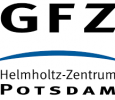 |
| MetOffice | GFZ-Postdam |
| UK | Germany |
| https://www.metoffice.gov.uk/ | https://www.gfz-potsdam.de/startseite/ |
